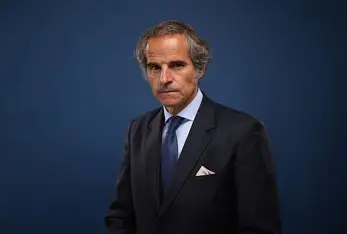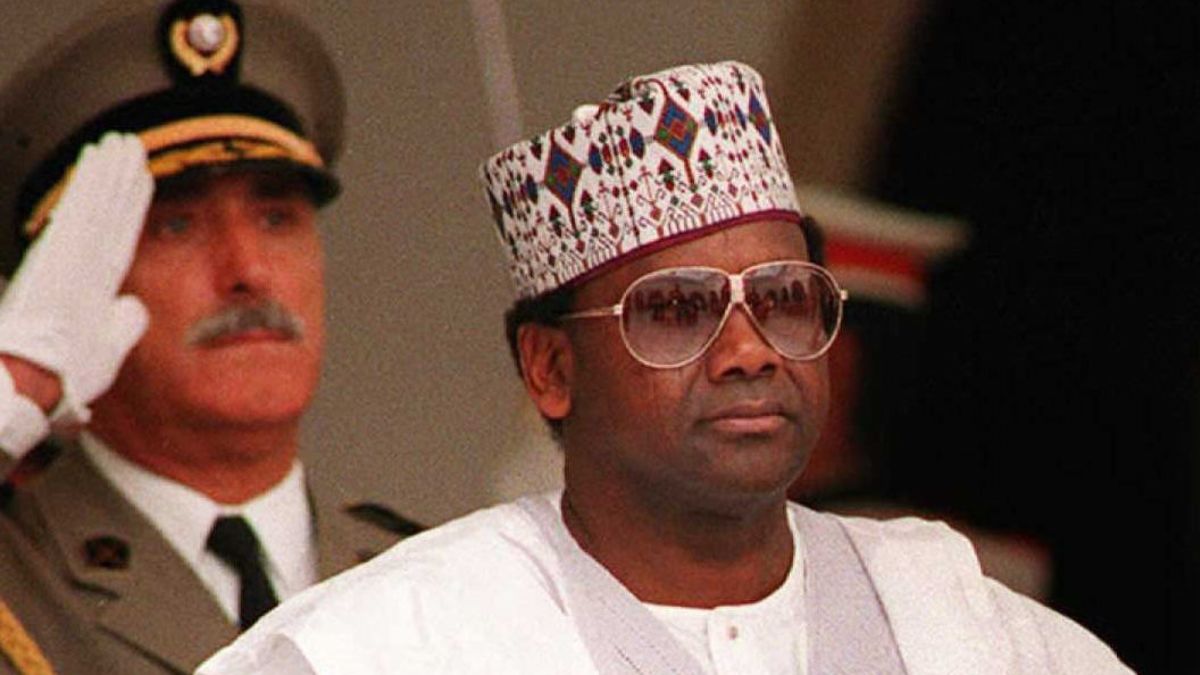VIENNA, Austria — Rafael Grossi, Director General of the International Atomic Energy Agency (IAEA), has warned that Iran could resume enriched uranium production “in a matter of months” despite severe damage inflicted by U.S. and Israeli airstrikes on its nuclear facilities earlier this month.
In an interview with CBS News, Grossi challenged recent claims by President Donald Trump that the strikes had “completely and totally obliterated” Iran’s nuclear infrastructure.
“Frankly speaking, one cannot claim that everything has disappeared and there is nothing there,” Grossi said.
“Iran has the capacities there—industrial and technological capacities. In a matter of months, I would say, a few cascades of centrifuges could be spinning and producing enriched uranium.”
Grossi’s remarks align with a preliminary U.S. intelligence assessment cited by Reuters, which concluded that the joint Israeli-U.S. strikes had set Iran’s nuclear programme back by only one to two months.
Grossi also confirmed ongoing uncertainty regarding the location of Iran’s stockpile of enriched uranium.
Intelligence estimates suggest that approximately 408 kilograms of highly enriched uranium may have been moved ahead of the Friday, June 13, 2025, attacks.
“We don’t know where this material could be,” Grossi said.
“Some could have been destroyed as part of the attack, but some could have been moved. There has to be at some point a clarification.”
Grossi’s remarks are likely to bolster calls from European diplomats for renewed diplomacy and a binding agreement on Iran’s nuclear activities, amid fears that Tehran could now exit the Non-Proliferation Treaty (NPT).
Since the attacks, IAEA inspectors have been barred from accessing Iran’s nuclear sites, and Tehran has made future cooperation conditional on guarantees that such facilities will not be targeted again.
Tensions escalated further after Iranian hardliners allegedly called for the arrest and even execution of Grossi, whom they accuse of enabling the Israeli assault by publishing a report on Iranian non-compliance days before the attacks.
Grossi rejected these accusations in an interview with Al Jazeera, stating, “We did not find elements in Iran to indicate that there are active systematic plans to build nuclear weapons.
To pretend in any way that the report was a green light or an enabler of an attack is absolutely absurd.”
U.S. Secretary of State Marco Rubio condemned the threats on Saturday, writing on social media, “We support the IAEA’s critical verification and monitoring efforts in Iran… We call on Iran to provide for the safety and security of IAEA personnel.”
Iran’s Foreign Minister Abbas Araghchi acknowledged that the strikes on Fordow, Natanz, and Isfahan caused “serious” damage but did not disclose full details.
The IAEA confirmed significant destruction at Natanz, where one of the centrifuge halls suffered “very serious damage,” according to Grossi.
Iran’s internal media blackout and restricted access have made independent assessments difficult.
However, on Sunday, June 29, 2025, the judiciary reported that 71 people were killed in an Israeli strike on Tehran’s Evin Prison, a facility known for housing political prisoners.
Those killed reportedly included staff, guards, detainees, and visiting family members.
Although a ceasefire was reached on Tuesday, June 24, 2025, Iranian officials remain sceptical of Israeli compliance.
Armed Forces Chief of Staff, Major General Abdolrahim Mousavi, warned on Sunday, June 29, 2025, “We have serious doubts over the enemy’s compliance with its commitments including the ceasefire. We are ready to respond with force.”
Iran has not yet decided whether to attend resumed nuclear talks scheduled for next week, where the U.S. is reportedly prepared to offer partial sanctions relief in exchange for Tehran abandoning domestic uranium enrichment—a condition Iran has repeatedly rejected.
In a significant public absence, Iran’s Supreme Leader Ayatollah Ali Khamenei has not been seen since the start of the 12-day conflict.
His silence has fuelled speculation, although senior adviser Ali Shamkhani made a dramatic reappearance at a funeral ceremony on Saturday, June 28, 2025.
Shamkhani, speaking publicly for the first time since surviving a direct Israeli strike on his Tehran residence, described being trapped under rubble for hours.
“The Zionists know why they targeted me, and so do I. I can’t reveal the reason, but I made their lives miserable,” he said.
Using a ventilator to assist with breathing, Shamkhani stated: “My entire room collapsed on me. I thought it was an earthquake until I heard a car pass by and realised it was an attack.”
He added, “The enemies thought with a single act they could set the stage for unrest in Iran.”
As regional and global powers grapple with the aftermath of the largest escalation between Israel and Iran in years, the question of Iran’s nuclear future—and whether diplomacy can still prevail—remains dangerously unresolved.







